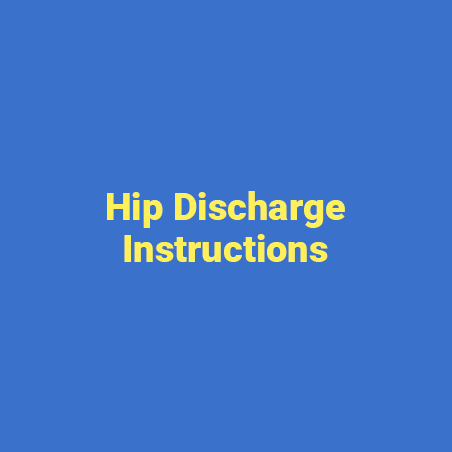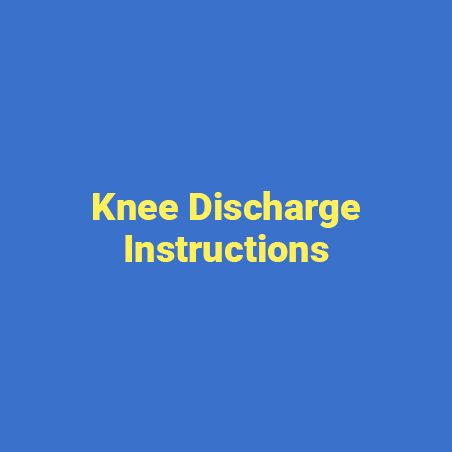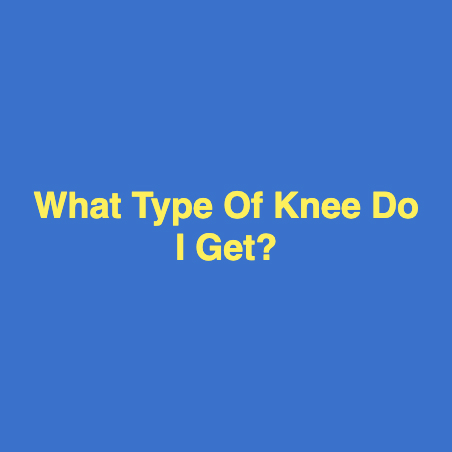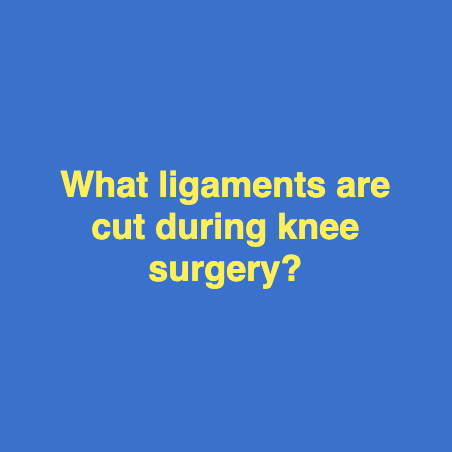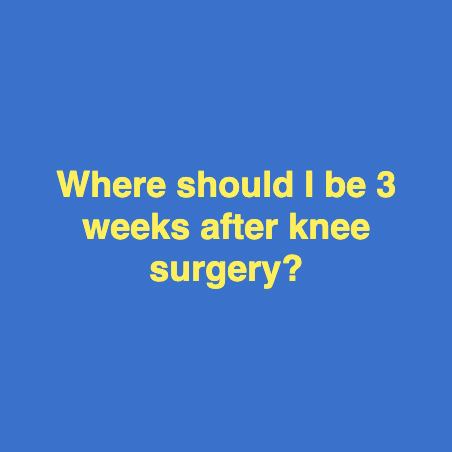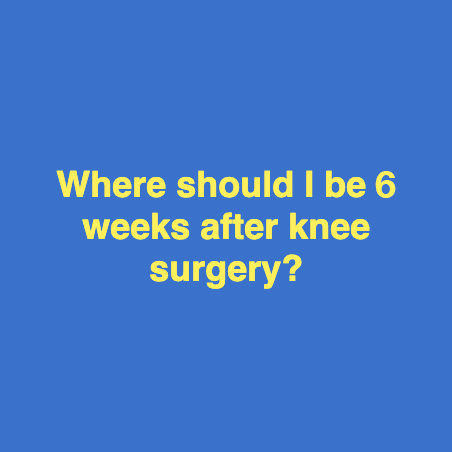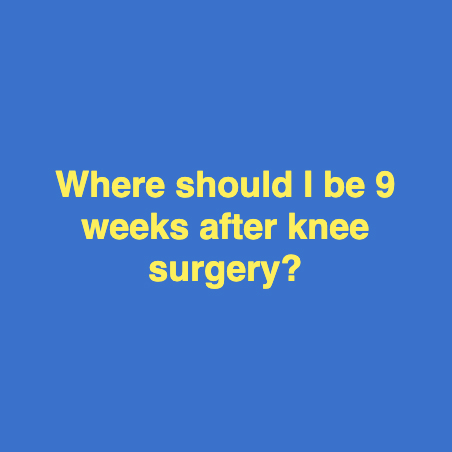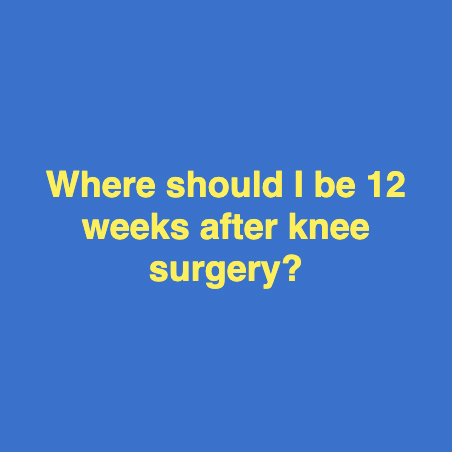One of the most common surgeries I perform in the shoulder of our athletes is arthroscopic reconstruction. During this surgery, we repair tissue in the shoulder called the labrum or lining of the shoulder. This is typically in a dislocation where the shoulder completely comes out at a joint or a subluxation where the shoulder partially comes out of joint. The labrum is like a plunger around the socket of the shoulder. Think about a plunger on a basketball and the seal that’s created. This helps keep the shoulder in place. When the labrum is injured, often it doesn’t heal itself because it doesn’t have a great blood supply. Therefore, we perform a surgery called an arthroscopic label repair.
During this surgery we make two, three, or sometimes even four small incisions and, done through the camera with small instruments, we reattach the labrum. The surgery typically takes 30 to 40 minutes and is done as an outpatient. Following the surgery, therapy begins in two days. You’ll be asked to wear a sling for anywhere from two to four weeks depending on the size of the repair. About 10 days after surgery, I’ll see you back in the office and we’ll monitor your movement through the entire four to six weeks. Six weeks after, you’ll be out of your sling, moving the shoulder well, and now starting to use it on your own. Three months after surgery, we’ll start activities like throwing a ball overhead. We call it short toss. We’ll back up and start throwing longer distances every week. You’ll be still and that’s what we want. We want the shoulder to be stiff for three, four, or even five months after surgery. By returning to your normal activities at six months, including heavy weight lifting and full throwing, you’ll see that the range of motion will improve significantly. By one year after surgery, most patients are throwing well, have minimal pain, and are back in their game.





